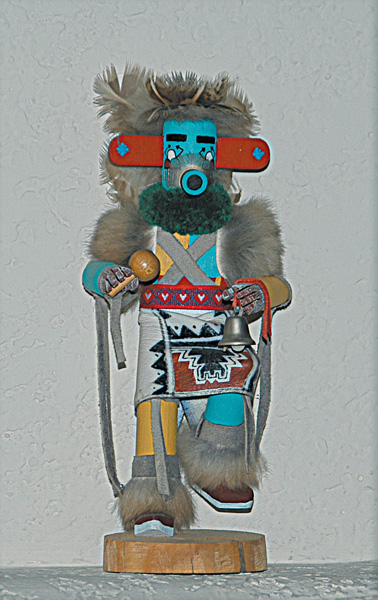The still occupied Hopi, Zuni, and Acoma Pueblos date back 700 years. The Europeans who settled in the Southwest adopted the adobe structures and compact village plans of the Pueblos. The Pueblos adopted many domestic animals and various crafts from the Old World, including blacksmithing and woodworking.
Early Tribe Culture of Southwest Region Peoples
The Western Pueblos, including the Hano, Zuni, Acoma, Laguna, and the Hopis have houses and gardens owned by women. The kachina cult emphasizes weather control, and the Pueblos who follow this cult are governed by a council of clan representatives. The Kachina and other secret societies dealing with war, agriculture, and healing still carry out their complicated rituals and dances.For some occasions, the public is invited. The reservation population in Arizona and New Mexico was just over 380,000 in 2013.
The kachinas (katchina), or kachinam, are impersonated by elaborately costumed masked male members of the tribes who visit Pueblo villages the first half of the year. In various ceremonies, they dance, sing, bring gifts to the children. As well as, sometimes administer public scoldings. Originally intended to instruct the children about the hundreds of kachina spirits, the finer carvings have become collector’s items.
Native Americans of the Anasazi culture were builders of cliff dwellings found principally on the tributaries of the Rio Grande and Colorado Rivers in New Mexico, Arizona, Utah, and Colorado. Established between 11th-14th century by the ancestors of the Pueblo, dwellings featured large communal habitations built on ledges in the canyon walls and on the flat tops of the mesas. Access to the cliffs was very difficult and thus highly defensible against nomadic predatory tribes such as the Navaho. In addition, Kivas show that their religious ceremonies were like those of the Pueblo today. Examples of these dwelling can be seen in Colorado at Mesa Verde National Park and Yucca House National Monument. Additionally, in Utah at Hovenweep National Monument. Finally, in Casa Grande, Montezuma Castle, and Wupatki.
Take your own adventure through the Southwest Native American area. Here’s our Southwest Indian Country Map.
